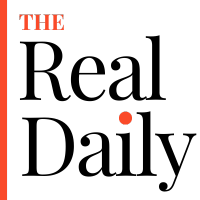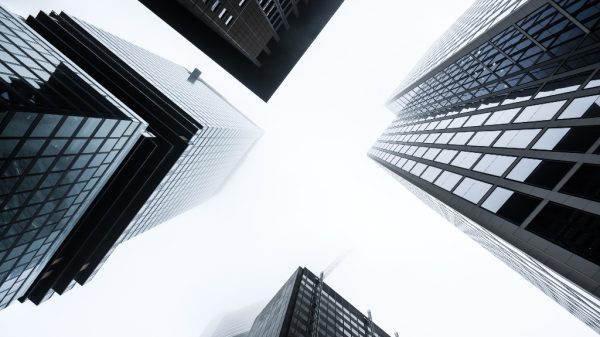As more and more consumers become concerned about the impact of their purchases on the environment, it will be increasingly important for realtors to stay up-to-date on the green technologies that are available for homeowners. According to a recent survey, consumers of the Millennial generation want eco-conscious features in their homes, even if they have to pay extra for it.
![]()
Green solutions getting more innovative
A solar energy system is an obvious choice for an eco-conscious homeowner; solar power allows you to generate electricity from sunlight, which is a renewable resource, unlike coal or natural gas. Solar electric energy systems are old hat at this point, but techies are constantly coming up with new innovations.
The downside of a solar power system is that it can only generate electricity in proportion to how much sun the panels can absorb. Solar panels that rotate to follow the sun’s arc through the sky throughout the day generate 20 to 40 percent more electricity than stationary panels.
Unfortunately, solar panels can’t move when they are mounted onto pitched roofs, which is how more than 80 percent of solar electric systems are installed. Rotating solar panels are expensive and must be installed on their own structure, so they take up a lot more space and aren’t discreet like rooftop panels.
Inspired by ancient Japanese kirigami
A new innovation created by University of Michigan science and engineering professors Max Shtein and Stephen Forrest may make it possible for solar panels to absorb more sunlight without rotating. Their design uses kirigami, a Japanese paper art form that is much like origami, except that you can cut as well as fold.
The kirigami solar panels, which are made of a flexible gallium arsenide, are sliced in such a way that, when you pull them from either end they twist and tilt at different angles. This motion would allow the panels to catch more sunlight using the same amount of semiconducting material as traditional panels.
Sunny outlook
More research and development will be required to make the kirigami panels commercially applicable, but Shtein and Forrest are optimistic that they will eventually achieve a design that will allow stationary solar panels to gather the same amount of sunlight as conventional sun tracking systems.
#SolarPanels
Ellen Vessels, a Staff Writer at The American Genius, is respected for their wide range of work, with a focus on generational marketing and business trends. Ellen is also a performance artist when not writing, and has a passion for sustainability, social justice, and the arts.



















































